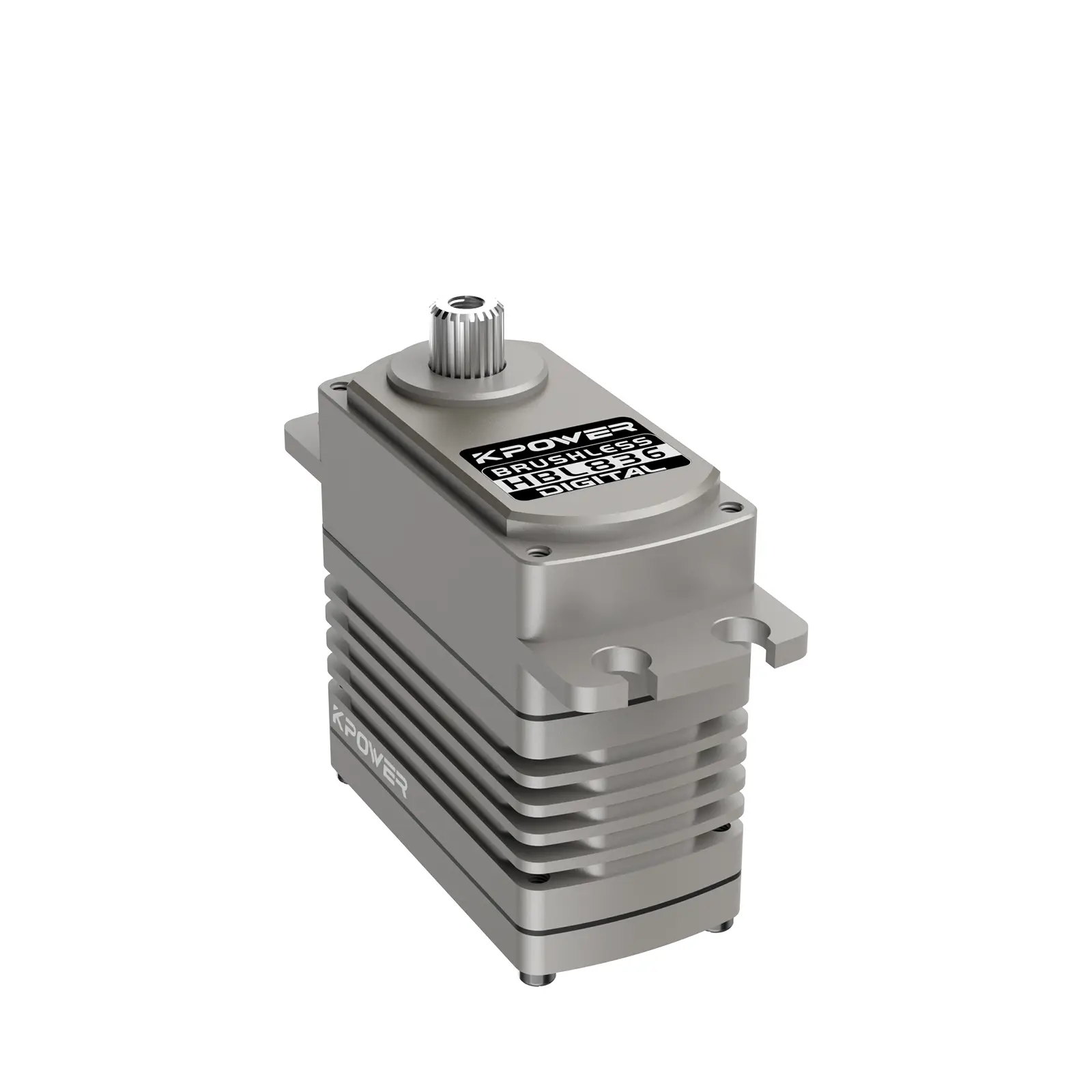Unlocking Precision: The Fascinating World of How an AC Servo Motor Works
In the realm of industrial automation and robotics, few components evoke as much fascination as the AC servo motor. A marvel of engineering, this tiny powerhouse is the secret behind precision movements in machining, aerospace, robotics, and even everyday appliances. But what makes the AC servo motor so special? How does it transform electrical energy into the exact mechanical motion needed for delicate and demanding tasks?

Let’s take a journey into the heart of this technology, unraveling its working principles, components, and the magic behind its extraordinary performance.
The Foundation: What Is an AC Servo Motor?
At its core, an AC servo motor is a specialized type of electric motor designed for high-precision control of angular position, velocity, and torque. Unlike conventional motors that just turn on or off, servo motors are intelligent actors in feedback control systems, constantly adjusting their output based on real-time data.
While many motors operate only with simple start-stop commands, an AC servo motor is integrated within a closed-loop system that ensures the motor’s actual position matches the desired commands with astonishing accuracy. This capability makes it invaluable in applications where every fraction of a millimeter—and every degree of rotation—counts.
Key Features of AC Servo Motors:
High Accuracy: With feedback systems in place—most often encoders—these motors can achieve precise position control. Rapid Response: Designed for fast acceleration and deceleration, perfect for dynamic applications. Good Holding Torque: Even when stationary, they can hold a position against external forces. Efficiency: AC operation means reduced maintenance and improved energy efficiency.
The Anatomy: What's Inside?
Understanding an AC servo motor begins with knowing its main parts:
Stator: Like other AC motors, the stator contains windings that generate a rotating magnetic field when energized with AC current. This field is the foundation for the motor’s motion.
Rotor: The rotor is the moving part inside the stator. In servo motors, it’s often a high-performance, laminated iron core equipped with either permanent magnets (in brushless designs) or windings (in wound rotors).
Encoder: An integral feedback device that continuously reports the rotor’s position back to the control system with extremely high resolution.
Drive/Controller: The electronic brain that supplies current to the stator windings based on the feedback, ensuring precise control.
The Working Principle: Electromagnetic Fundamentals
So, how does an AC servo motor turn electrical signals into controlled motion?
At a basic level, when AC power flows into the stator windings, it creates a rotating magnetic field. This field interacts with the rotor, inducing a force that causes it to turn. However, unlike a simple induction motor, a servo motor employs a closed-loop control system that continually adjusts the current based on the rotor’s actual position.
Imagine it as a dance: the control system constantly listens to feedback from the encoder, determines if the rotor is ahead or behind where it should be, and then corrects the current flow to bring the rotor into perfect harmony with the command.
Field-Oriented Control (FOC): The Heart of Precision
One of the key technologies enabling the high performance of AC servo motors is Field-Oriented Control. Think of FOC as the conductor of a symphony, synchronizing the magnetic fields within the motor for smooth, accurate operation.
FOC involves:
Decoupling torque and flux control to allow precise adjustment of each. Using complex algorithms to convert the measured currents into a coordinate system aligned with the rotor magnetic field. Adjusting voltage and current vector, so the motor produces just the right amount of torque, speed, or position.
This control strategy results in smoother acceleration, faster settling times, and remarkably accurate position control, even under varying load conditions.
Feedback Loop: The Eyes and Brain
Feedback is king in a servo system. The encoder attached to the rotor constantly reports its position, velocity, and sometimes even current. The control unit compares this data to the desired command signals and calculates the necessary adjustments.
If the rotor lags behind, the drive supplies more current aligned to pull it forward. If it overshoots, the drive reduces current to slow it down. This dynamic, real-time correction allows AC servo motors to achieve a positional accuracy often within micro or nanometers, depending on the system.
Types of AC Servo Motors
Not all AC servo motors are created equal. They generally come in two types:
Brushless AC Servo Motors: The most common in industrial applications, these motors have rotor permanent magnets and eliminate brushes and commutators, enhancing reliability and reducing maintenance.
Wound Rotor AC Servo Motors: Featuring a rotor with windings, these are often used for very high torque applications, where the control flexibility is vital.
In both cases, the core principles—magnetic fields, feedback, and advanced control—are remarkably similar.
Practical Applications
The clever design and precise working of AC servo motors make them essential in diverse industries. From robotic arms accurately assembling tiny electronics, to CNC machines carving intricate patterns, to camera autofocus systems, these motors are everywhere, turning digital commands into physical perfection.
Stay tuned for the next part, where we’ll unravel even more about the real-world implications, troubleshooting tips, and future trends shaping the evolution of AC servo motors.
Leveraging innovations in modular drive technology, Kpower integrates high-performance motors, precision reducers, and multi-protocol control systems to provide efficient and customized smart drive system solutions.




































